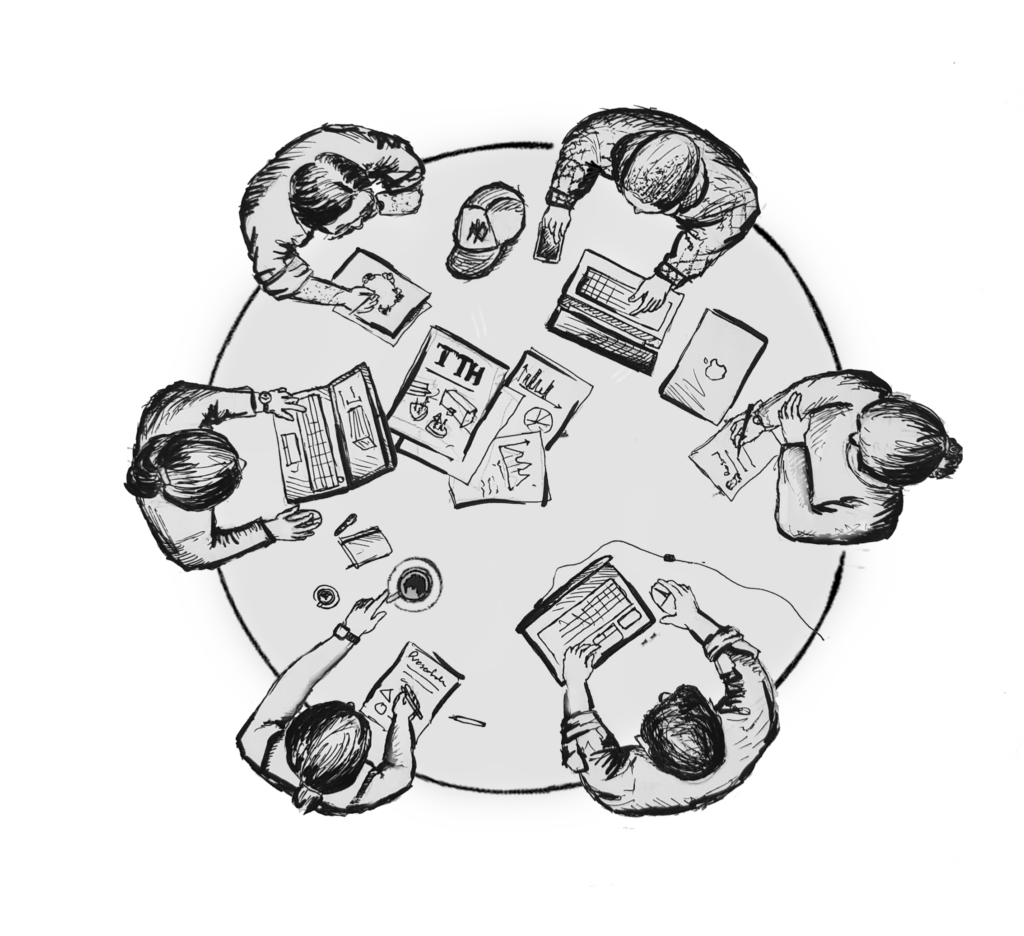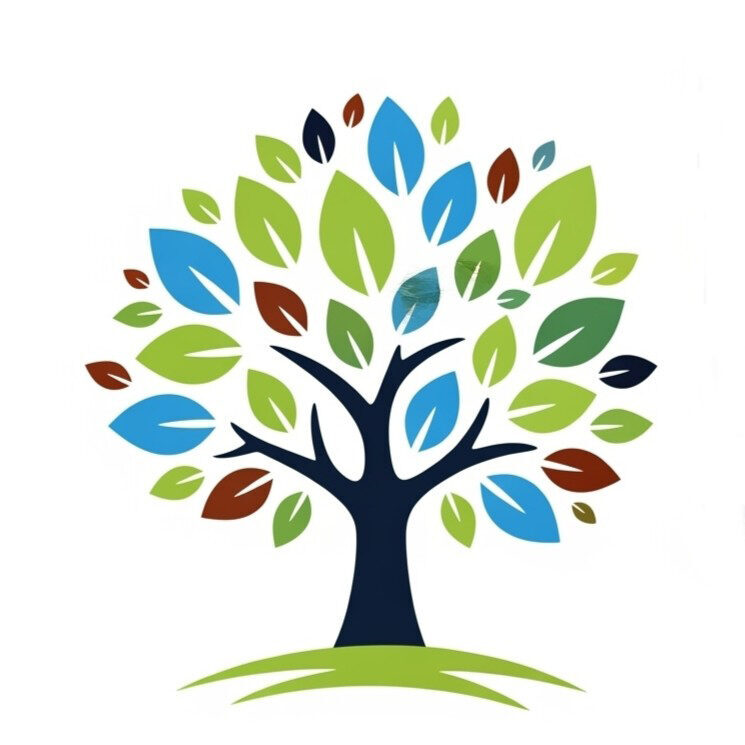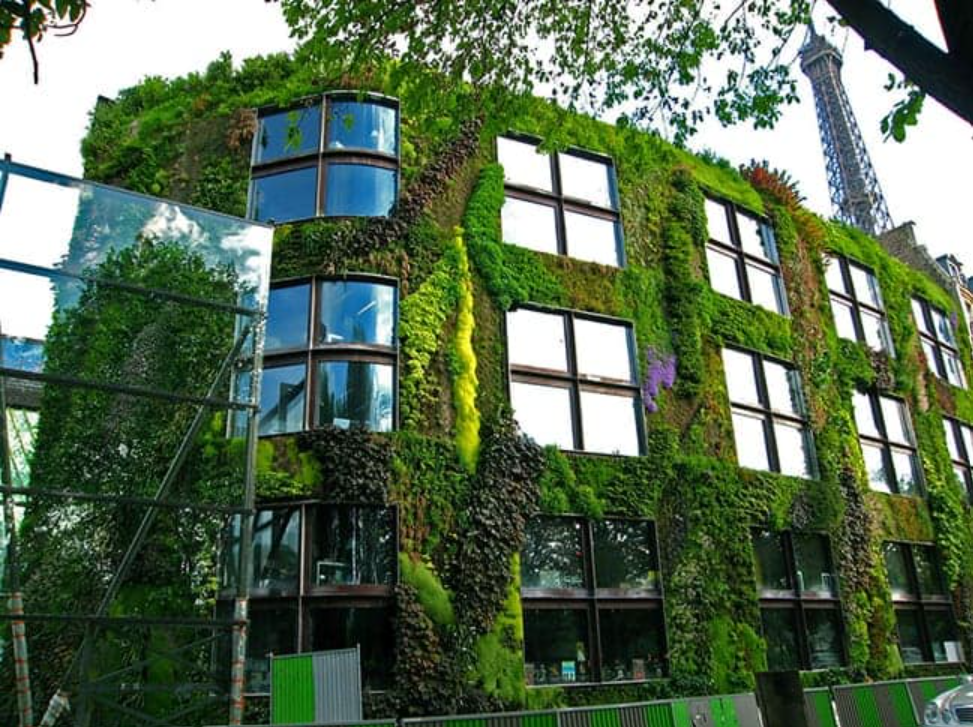Project
THEO THIJSSENHUIS DESIGN BUILDING
The Amsterdam University of Applied Sciences (AUAS/HvA) has been developing a beautiful campus, under the name: Amstel Campus. This campus hosts 30K students and a large variety of facilities. The Theo Thijssenhuis (TTH) is a part of the Amstel Campus and is a building with a rich history. In 2021-2022, it underwent a huge renovation to fit different schools in the building and build the makers’ facilities. The TTH is a beautiful, sleek, but also sterile and impersonal building that does not radiate the DNA of its “inhabitants”, future designers and creatives. In addition, the TTH’s location and presence are hidden from the street, which makes it difficult to navigate for visitors and newcomers.
Thus, our team faces the following challenge:
How could we turn this ‘design building’ into an HvA flagship: findable, visible, and recognizable to students, employees and visitors? In what way can “digital design,” a crucial element of the shared DNA of the various residents, be transmitted? How can TTH residents communicate their events even more strongly in the TTH, but also outside it?
TTH houses various design-oriented programs, labs, and research groups. The primary objectives include showcasing the institution’s design DNA, improving visibility, enhancing the building’s aesthetic appeal, and promoting collaborative programming among residents. Additionally, the challenge encompasses creating a brand identity for TTH, both inside and outside, fostering an atmosphere that reflects the design activities within. Furthermore, the challenge involves implementing wayfinding solutions that are engaging and effective while ensuring that the changes do not hinder the activities of the Faculty of Technology. The target user groups include students, faculty, and external visitors, and the design criteria focus on transmitting the importance of digital design, and sustainability, and improving both the physical and programmatic aspects of the TTH.
Who are we?
Together, we bring a blend of skills, perspectives, and passions to create innovative and impactful solutions for our stakeholders and the project. Meet our diverse and dynamic team:
Gizem Korkmazel: Social Media Marketer with a keen interest in user experience research and design. Linkedin
Muhammad Saeed Ahmad: Design Engineer with a passion for artificial intelligence, blockchain technology, and renewable systems. Linkedin
Niloofar Taherian: Architect with a wealth of experience in design and project supervision, coupled with a keen interest in art and digital design. Linkedin
Shadi Maleki: A versatile leader serving as a Senior Architect, and Project Coordinator, with a Master of Urban Design. Infusing a profound passion for digital design. Linkedin
Vahid Gheidi: Project Manager, leveraging an architecture background to navigate a broad spectrum of projects, from theaters and cinema to urban designs and construction. Linkedin



